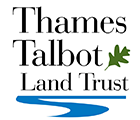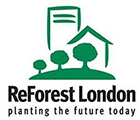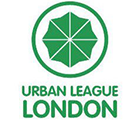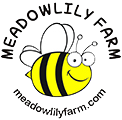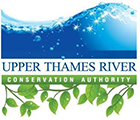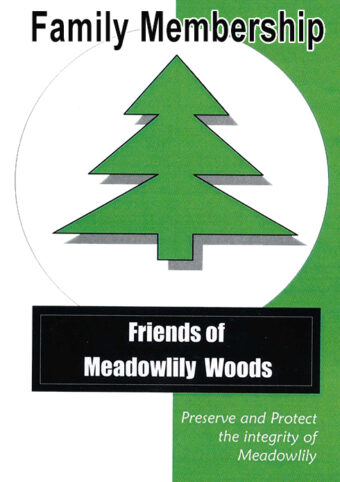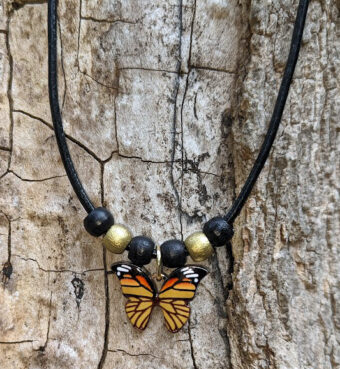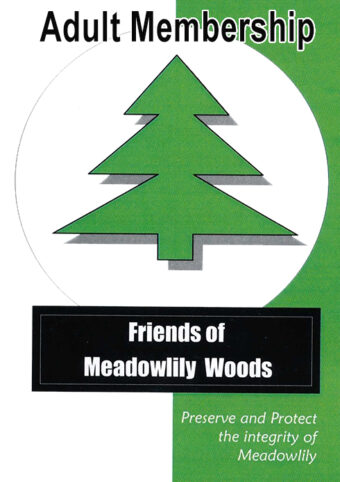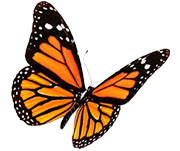The Friends of Meadowlily Woods is a not-for-profit community association dedicated to protecting and preserving the integrity of Meadowlily Woods an environmentally significant and natural woodland in our area. We are also committed to saving the natural and historic nature of our community from inappropriate development that could endanger this natural area.
Donations go to fund environmental initiatives to protect this environmental significant area through educational special events. Any donation is very much appreciated. Thank You
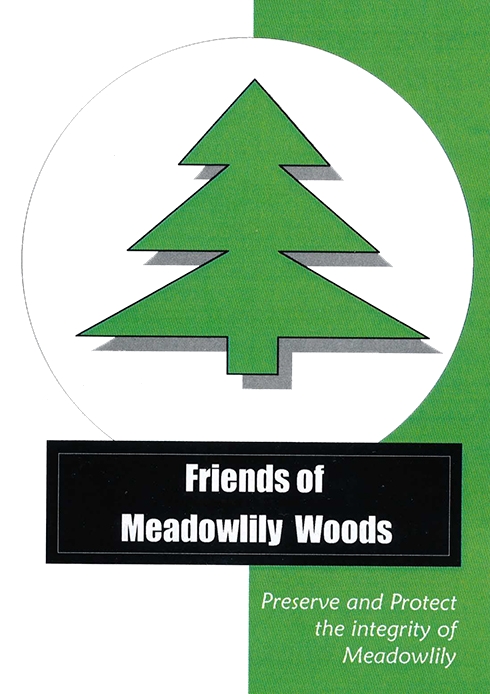
Going Green is Easy!
Ways to Help the Environment
![]() Reduce, Reuse, Recycle
Reduce, Reuse, Recycle
![]() Use reusable bags
Use reusable bags
![]() Use refillable mugs at coffee shops
Use refillable mugs at coffee shops
![]() Choose locally grown food
Choose locally grown food
![]() Use rechargeable batteries
Use rechargeable batteries
![]() Plan a green day to pick up trash
Plan a green day to pick up trash
![]() Reduce household energy use
Reduce household energy use
![]() Conserve water
Conserve water
![]() Carpool, walk or bike when you can
Carpool, walk or bike when you can
![]() Plant trees – trees lower cooling needs
Plant trees – trees lower cooling needs
![]() Plant a garden grow vegetables
Plant a garden grow vegetables
![]() Don’t use pesticides on lawns or plants
Don’t use pesticides on lawns or plants
Subscribe to our newsletter
Words from the Woods
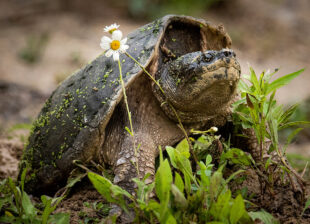
Species at Risk – Reptiles
Reptile species have a useful and important role in ecosystems. They help control the numbers of serious agricultural pests by consuming rodent and insect pests. Removal of any species from its ecosystem can drastically alter the populations of other organisms.
By MeadowlilyWoods
- 464
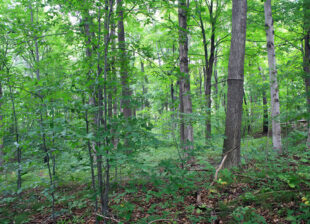
Species at Risk – Trees
The forested slopes above the south branch of the Thames River were created at the end of the ice age through a glacial spillway through the Ingersoll moraine. According to a Natural Inventory in 1987 commissioned by the City of London, Upper Thames River Conservation Authority, McIIwraith Field Naturalists and the Urban League of London, Meadowlily Woods is one of the largest remaining settings in the area.
By MeadowlilyWoods
- 258
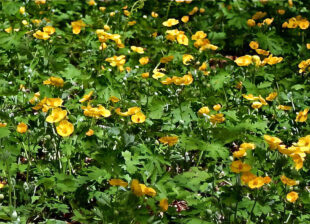
Species at Risk – Plants
Meadowlily Woods is identified by the Ministry of Natural Resources of containing both Provincially Significant Wetlands and Habitant for Endangered Species. Meadowlily Woods has over 350 species of vascular plants that were recorded in 80 families.
By MeadowlilyWoods
- 303
Meadowlily Woods is an oasis in the midst of the bustling city.
This was a project that Friends of Meadowlily Woods did with the PBS station in Erie, WQLN, to show folks what a special place Meadowlily Woods is!
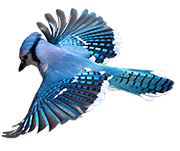
Supporters of Friends
of Meadowlily Woods
